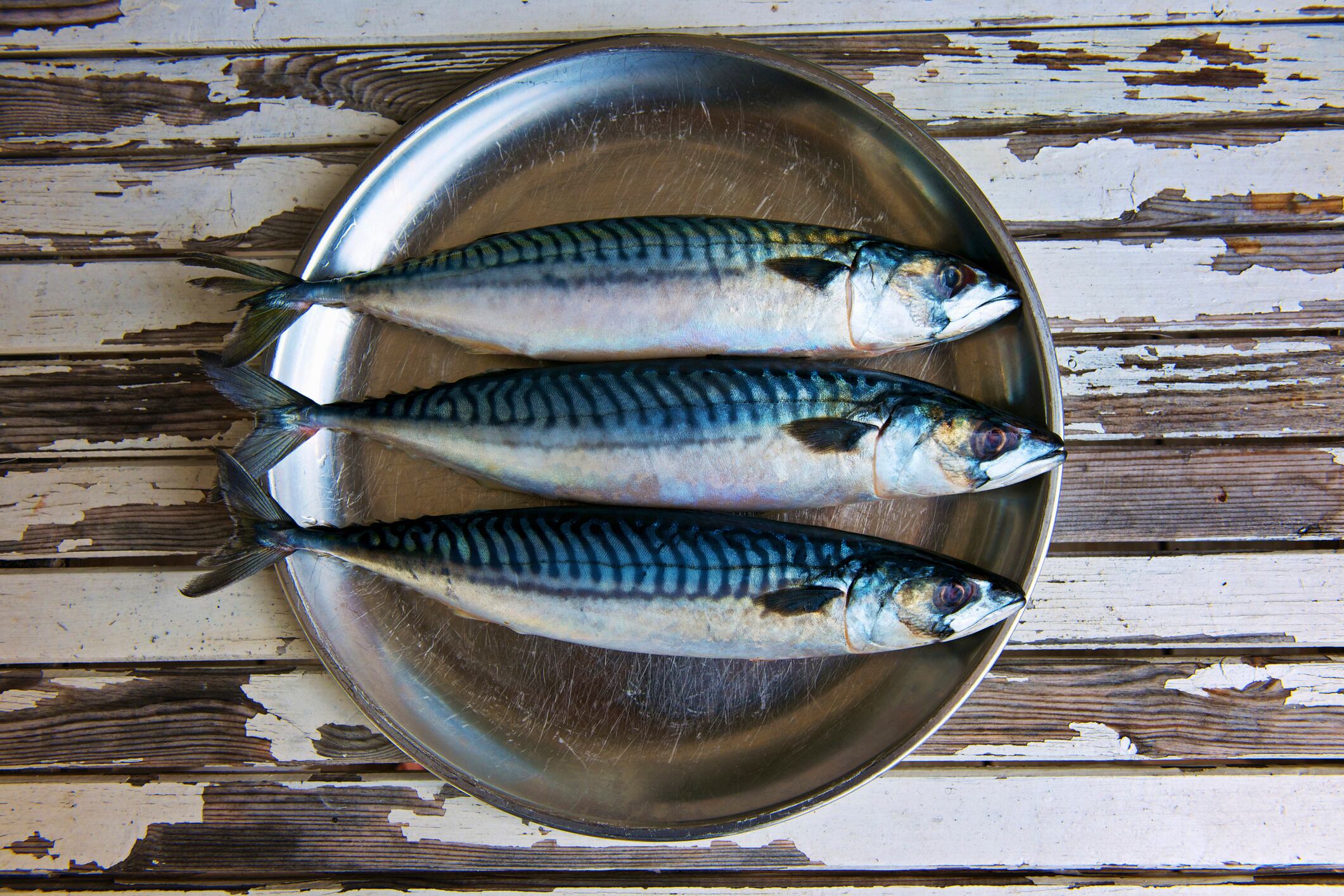According to the latest Good Fish Guide update, most mackerel fished in the northeast Atlantic now falls below sustainability standards because of overfishing, with stocks ‘nearing a breaking point’.
“It’s deeply concerning to see a source of seafood that was once a sustainable choice in such decline,” says Alice Moore, manager of the Good Fish Guide.
The Good Fish Guide operates a traffic light rating system for consumers and a scale of between one and five for businesses.
Fish rated green (one to two on the scale) are sustainably caught or responsibly farmed; amber (three to four) means stocks ‘need improvement’; and red (five) denotes that there are significant environmental concerns.
Northeast Atlantic mackerel caught by midwater trawl, which makes up most of what restaurants sell in the UK, moved from a three to a four in the latest guide, while hook and line caught mackerel moved from a two to a three.
The MCS advises operators to only source seafood rated between one and three.
Countries including Norway, Iceland, the Faroe Islands and the UK all fish the northeast Atlantic stock, but the guide notes that there is ‘no unified management plan to prevent overfishing’.
Catch limits set by all parties have ‘consistently exceeded scientifically recommended levels’ by between 5% and 80% since 2009, according to the guide.
Since 2020, catches have exceeded recommended limits by an average of 23%.
“Mackerel is under immense pressure from fishing activities across multiple nations, and the stock will soon be no longer able to sustain itself,” Moore continues.
“We are witnessing a steady decline in numbers, and they are nearing a breaking point. Immediate action must be taken by the UK government to work with other nations to align catch limits with scientific advice.”
As a more sustainable alternative to mackerel, the Good Fish Guide recommends herring from the North Sea and eastern English Channel, or sardines from Cornwall certified by the Marine Stewardship Council.
Other notable movements in the latest Good Fish Guide include monkfish caught in the North Sea moving from amber to green; and blue marlin moving off the red list, from a five to four rating, due to a slight improvement in fishing pressure.
Farmed ratings reviewed remained the same, with certified responsibly produced basa and tilapia remaining green rated, and farmed bluefin tuna remaining red rated.
The Good Fish Guide is updated twice a year, depending on the latest scientific advice, with the next update due in October.


